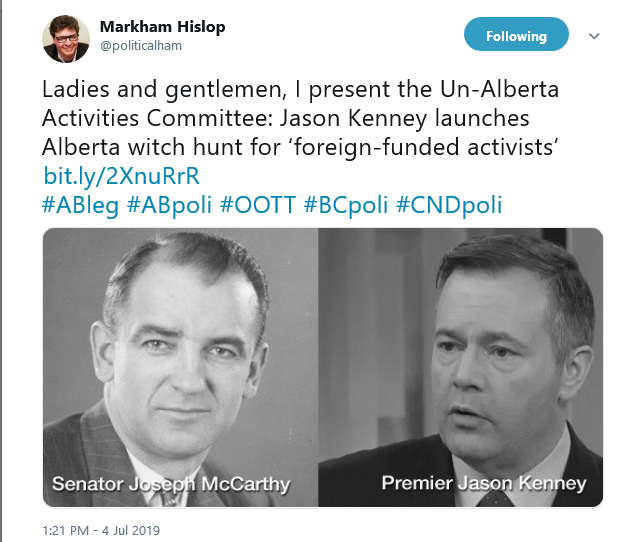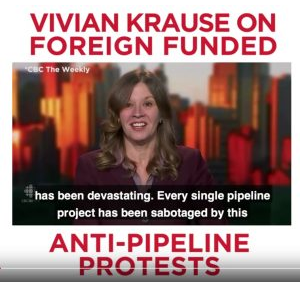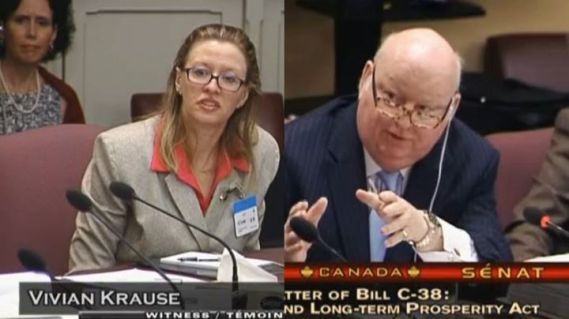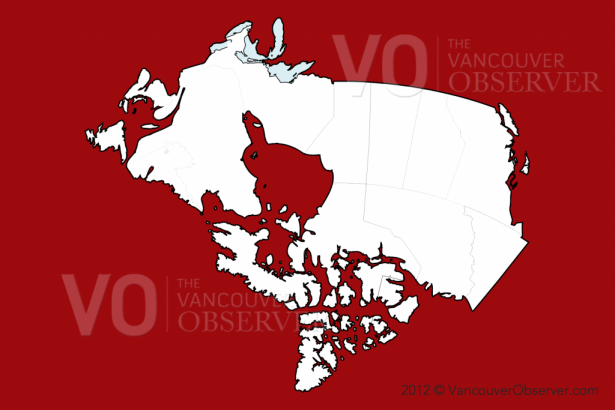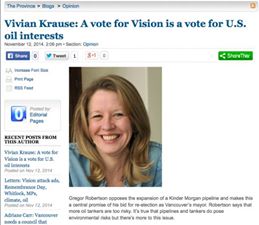Issued on: 28/09/2021 -

Dubai (AFP)
Yemen's Huthi rebels are drawing closer to the strategic city of Marib, whose seizure from the government could be a pivotal moment in the seven-year war.
The Iran-allied Huthis are in the midst of a major push to take the city, with hundreds from both sides killed in fierce fighting this month.
Here are some key facts about Marib and its strategic role:
- 'Military weight' -
Marib is the last northern bastion of the internationally recognised government, which was driven from the capital Sanaa in 2014 and is now based in the southern city of Aden.
If it falls into rebel hands, not only would the Huthis control all the north, but it could also facilitate the capture of other provinces.
Marib has "significant military weight" for the government, said Ahmed Nagi of the Malcolm H. Kerr Carnegie Middle East Center.
"It carries the symbolic course of the conflict, with it being the area the Huthis have not been able to seize despite relentless efforts over the past six years, even before the intervention of the Saudi-led coalition" from 2015, he told AFP.

Capturing Marib would also give the Huthis leverage in any negotiations with the government.
Yemeni Prime Minister Maeen Abdulmalek Saeed said this week that the ongoing battle "is not one for (nearby) Shabwa or Marib, but a battle for all Yemenis", according to the official Saba news agency.
"The fate of the battle will determine the future of Yemen."
- Energy wealth -
Marib province boasts oil and gas reserves, making it a major economic prize.
The Safer oil refinery, established in 1986, is one of two in Yemen with the capacity to produce 10,000 barrels per day, according to Yemen's ministry of oil and minerals.

In a 2019 report, the ministry said production had reached 20,000 bpd.
Marib governor Sultan al-Arada says production has so far not been affected by the fighting and that Marib supplies gas to the entire country, even areas under rebel control.
Nagi said there was an "economic dimension" to the battle.
"The Huthis are aggressively fighting to control the resources of Marib," he said.
- North-south gateway -
Marib is about 120 kilometres (75 miles) east of the rebel-held capital Sanaa, connected via a major highway. It also lies near another highway that leads to the south of Saudi Arabia.
 A tank is pictured at a position of Yemen's Saudi-backed government fighetrs near the frontline facing Iran-backed Huthi rebels in the province of Marib, on June 19 - AFP/File
A tank is pictured at a position of Yemen's Saudi-backed government fighetrs near the frontline facing Iran-backed Huthi rebels in the province of Marib, on June 19 - AFP/FileIts location is significant not only because of its proximity to Sanaa but also because it sits at a crossroads between the southern and northern regions.
The city has several historical sites, and is surrounded by mountains and valleys. It is said to have been the capital of the ancient Saba kingdom, best known for the Queen of Sheba.
- Peace talks? -
Controlling Marib would significantly strengthen the rebels' hand in any peace talks, if they decide to return to the negotiating table.

The last talks took place in Sweden in 2018, when the opposing sides agreed to a mass prisoner swap and to spare the city of Hodeida, where the port serves as the country's lifeline.
But despite agreeing to a ceasefire in Hodeida, violent clashes have since broken out between the rebels and pro-government troops around the city.
- Humanitarian risks -
Marib had between 20,000 and 30,000 inhabitants before the war.

But its population has ballooned to hundreds of thousands, as Yemenis fled frontline cities for its "relative stability" and the chance to maintain a livelihood, according to Nagi.
The government says there are 139 camps in Marib province, hosting approximately 2.2 million people.
But these displaced civilians are now again caught in the line of fire.
The United Nations has warned that civilians are at grave risk due to the military escalation, which has forced many to flee towards new displacement sites as fighting nears.
- Array of forces -
Opposing the Huthis are pro-government forces who include local tribes, backed by a Saudi-led coalition and its airpower.
"The coalition stands by the national army by providing air and logistical support," Marib governor Sultan al-Arada said in March.

"If it were not for air support, the situation could have been different."
The Huthis, meanwhile, consider Marib "one of the main frontlines of the aggressors' war on Yemen".
They claim it is "an arena for occupying foreign forces and a bowl swarming with dark forces and organisations from Al-Qaeda, Daesh (Islamic State) and the Muslim Brotherhood".
According to Nagi, fighters of the Muslim Brotherhood-influenced Al-Islah party were a strong presence on the battlefield.
"Al-Islah is present in most provinces in the country, but many of its members fled to Marib since it is a safer region and they fight within the ranks of the government army and the tribes," he said.
© 2021 AFP
Battle for 'future of Yemen' as rebels close on key city
Issued on: 28/09/2021 -

Dubai (AFP)
Yemen's Huthi rebels could be on the verge of changing the course of the war as they close in on a key northern city, experts say, warning millions of refugees are at risk.
Hundreds of fighters have died in fierce clashes this month after the Iran-backed insurgents renewed their campaign for Marib, the government's last bastion in the oil-rich northern region.
Seizing Marib would be a game-changer, completing the rebels' takeover of Yemen's north while giving them control of oil resources and the upper hand in any peace negotiations.
It also raises fears for the more than two million refugees living in camps in the region after fleeing other frontline cities during the long-running conflict.
"The battle of Marib will determine the future of Yemen," Abdulghani Al-Iryani, a senior researcher at the Sanaa Center for Strategic Studies, told AFP.
"Huthis control most of the governorate and are closing in on the city."
The severe threat to Marib comes just over seven years after the rebels overran the national capital Sanaa, just 120 kilometres (75 miles) to the east, in 2014.

The takeover prompted the Saudi-led intervention to prop up the government the following year.
The grinding war has created what the United Nations calls the world's worst humanitarian crisis with millions of displaced people on the brink of famine.
"The refugees will probably pay the highest price for this destructive war," said Iryani.
- Air bombardments -
Marib sits at a crossroads between the southern and northern regions and is key to controlling Yemen's north. If it falls, the Huthis could be emboldened to push into the government-held south, analysts say.

Ahmed Nagi, of the Malcolm H. Kerr Carnegie Middle East Center, said they have made significant advances after opening new fronts around Marib in recent weeks.
If they seize the city, "the Huthis will use Marib to advance towards the southern governorates bordering it", he told AFP.
The Huthis began a big push to seize Marib in February and, after a lull, they renewed their campaign this month, prompting intense air bombardments from coalition forces.
"Losing Marib to the Huthis could change the course of the war," said Elisabeth Kendall, researcher at the University of Oxford's Pembroke College.
"It would be another nail in the coffin of the government's claim to authority and would strengthen Huthi leverage in any projected peace talks."
According to Iryani, there still lies the possibility that Marib's tribes and parties, which fight on the government side, accept a Huthi deal to spare the city destruction.

"It's unlikely that they will fight their way into the city. More likely, they will strike a deal. Neither side wishes to engage in a bloody urban battle," he said.
"The offer stipulates the local government disavow the coalition, declare neutrality and share the governorate's resources with (the rebels in) Sanaa.
"In return, Huthis will leave the city alone and recognise its local government."
- 'Dire' fallout -
The city had between 20,000 and 30,000 inhabitants before the war, but its population has ballooned as Yemenis fled there from other parts of the country.

With about 139 refugee camps in the province, according to the government, hosting approximately 2.2 million people, the displaced civilians are caught in the line of fire once again.
"As they disperse, it will be harder for them to access humanitarian assistance and, with the spectre of famine looming over Yemen, the Marib battle will make it more imminent," said Iryani.
Kendall said "if the rebels seize Marib, the impact on the humanitarian situation will be dire", while Nagi predicted a "huge" disaster.
About 80 percent of the 30 million people in Yemen, long the Arabian Peninsula's poorest country, are dependent on aid.
While the UN and the US are pushing for an end to the war, the Huthis have demanded the reopening of Sanaa airport, closed under a Saudi blockade since 2016, before any ceasefire or negotiations.

"Taking over Marib will not push the Huthis to accept the brokered peace or even to be committed to it if it is accepted," said Nagi.
"On the contrary, it encourages Huthis to move to the other southern parts to ensure its full control over all Yemen."
© 2021 AFP

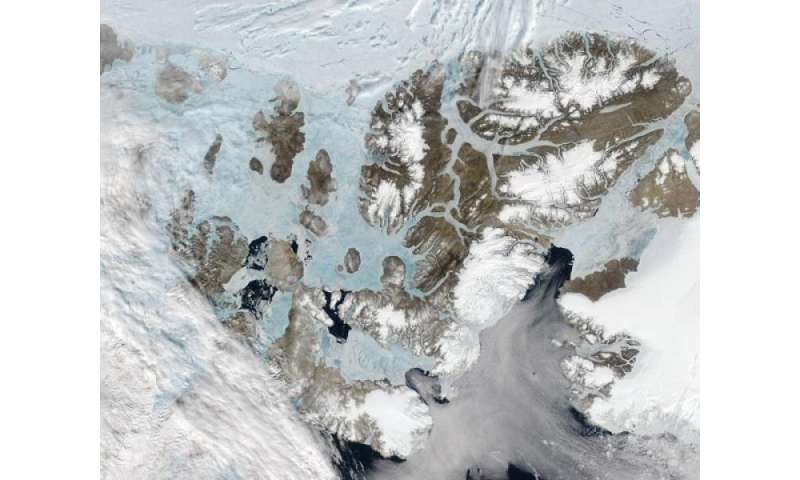






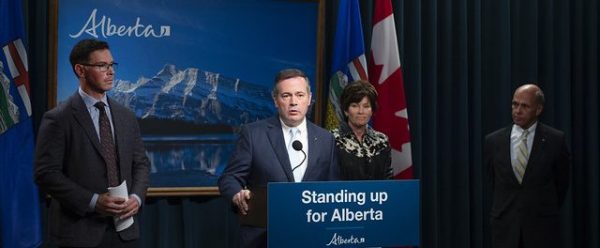





 B.C. researcher argues anti-Alberta oil campaigns about protecting U.S. interests, not environment
B.C. researcher argues anti-Alberta oil campaigns about protecting U.S. interests, not environment Alberta to offload crude by rail contracts, raises oil quotas for August
Alberta to offload crude by rail contracts, raises oil quotas for August Higher oil prices, more tax income: Alberta ends 2018-19 with smaller deficit
Higher oil prices, more tax income: Alberta ends 2018-19 with smaller deficit
/https://www.thestar.com/content/dam/thestar/uploads/2019/07/03/cpt504548325-0.jpg)

